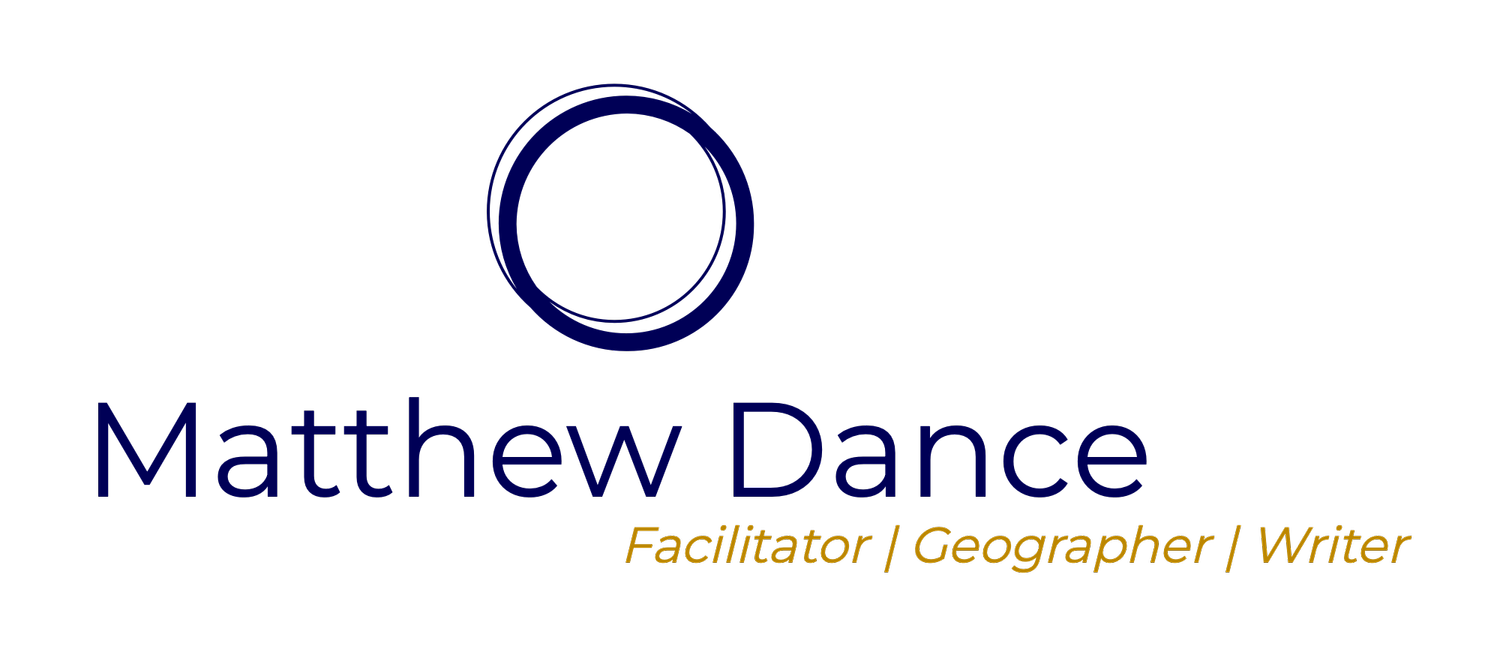Web mapping tools - from beginner to advanced.
How do you make a web map?
This post comprises a list of my mapping tools beyond those discussed in the Naming Edmonton events. For some more detail on the geographic concepts relative to map making, please see mapschool.
Data Sources
Open Data (definition)- Open data forms the basis for most of my base map data, my goto data portals are:
- Edmonton's Open Data Portal
- Geogratis
- Government of Alberta's Open Data Portal
- Government of Canada Open Data Portal
- Stats Can
- Natural Earth
- Open Street Map Metro Extracts
- Open Street Map Country and Province Extracts
- Canadian GIS: a list a open/free data sources from Canadian GIS
- A GIANT LIST OF OPEN DATA REPOSITORIES (Really. It's giant.)
I mix and match the data found in these portals to try and make maps and do analysis that provide insight into questions of urban form and geography. When combined with one or more of the following GIS tools (GIS definition), open data can provide some pretty cool insight.
Desktop GIS
Cartographica - I mainly use Cartographica as a desktop geocoder and quick & dirty data viz tool. I love how simple it is to dump data into the view window, and how quick it renders large data sets. It is a light and easy way to quickly get a sense of a dataset, plus it has a 'live' map feed of OpenStreetMap or Bing. It can import or export to KML, and complete some lightweight data analysis like heat maps. Unfortunately, you have to purchase this software.
QGIS - Where Cartographica is light and costs, QGIS is robust and free. It is a full GIS on your desktop, and because I run an iMac, the easiest way to do spatial analysis without loading a Windows VM for ArcGIS (and much cheaper too, as in free). I love QGIS, but it requires a set of skills comparable to those used in ArcGIS and will require some effort to learn.
Web Based GIS
MapBox - MapBox provides three services that I find vital - (1) web hosting, (2) base maps that can be styled, and (3) MapBox Studio which allows the user to build beautiful custom maps with imported data. Also, MapBox provides some great satellite imagery as a base map, and an awesome blog on what is new in mapping. It is more complicated to learn than CartoDB, but provides greater flexibility once you acquire the skills.
CartoDB - Perhaps the most straightforward web tool to use, CartoDB allows the user to simply import data, view the table or map, and then style the data. Many layers can be added, and simple analysis / visualizations can also be run. There are also a selection of base maps to choose from. I love how CartoDB makes temporal data come alive. Check out this map of '7 Years of Tornado Data', and how you can almost pick out the season by the amount of tornado activity.
Additional resources:
This is not a complete list - in fact it is barely a list. Please add a comment to point out what I am missing.
- Code Academy - A free on-line coding tutorial that is interactive and problem based. They offer tutorials for JavaScript, HTML, PHP and help you learn how to build web projects. Very cool and free.
- GitHub Learn GeoJson - GitHub is a place where programmers, especially those working on the OSS space, keep their code for others to download, use and improve upon. This is made by Lyzi Diamond.
- Maptime! - An awesome list of mapping resources by Alan McConchie (@almccon) and Matthew McKenna (@mpmckenna8).
- Spatial Analysis On-line - As I try to remember my GIS courses, this is the on-line text that I reference to help me understand the analysis I want to run.
- Mapschool - Tom MacWright wrote this as a crash course in mapping for developers.
Colour and Maps
Because maps should be beautiful, I use these colour palette websites to make them easy to read and colourful:
Finally, NASA has a great 6 part series on colour theory called the "Subtleties of Color".
